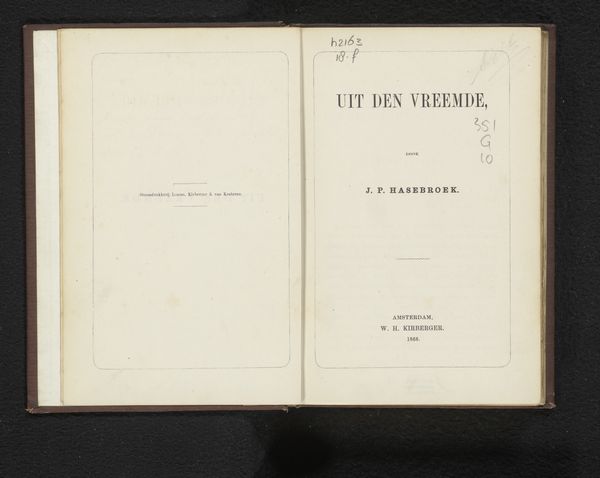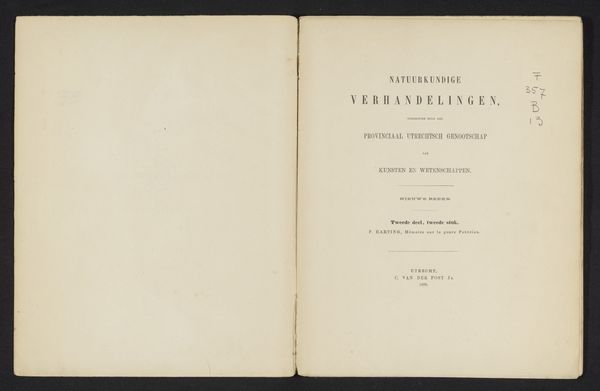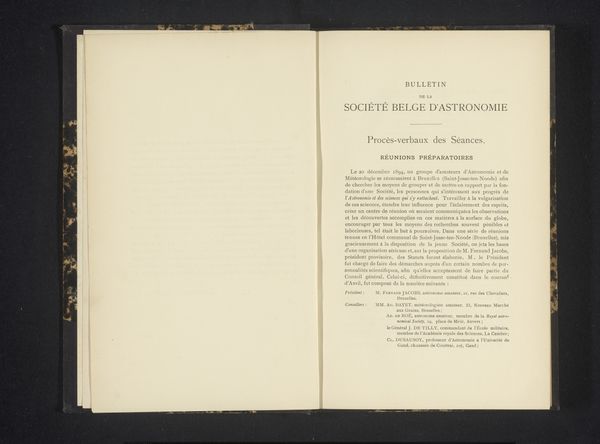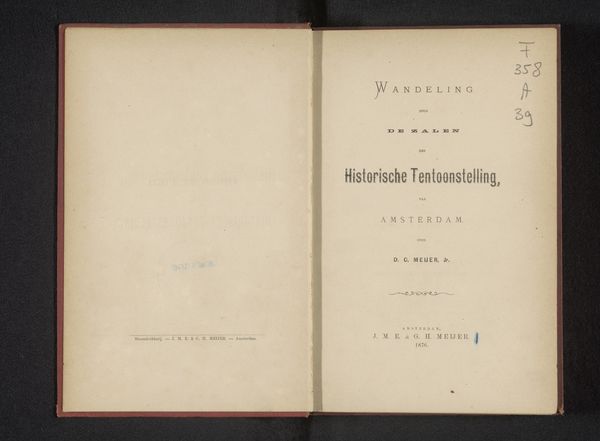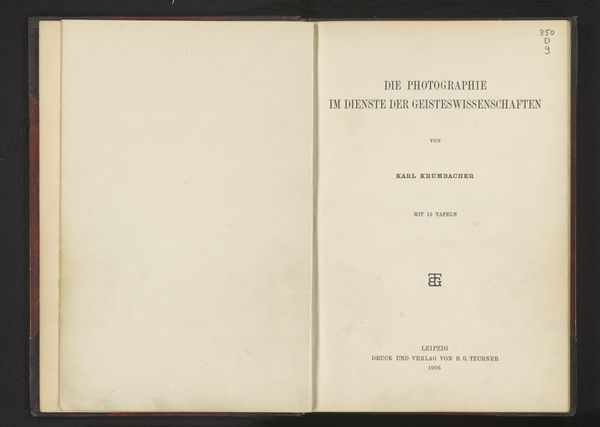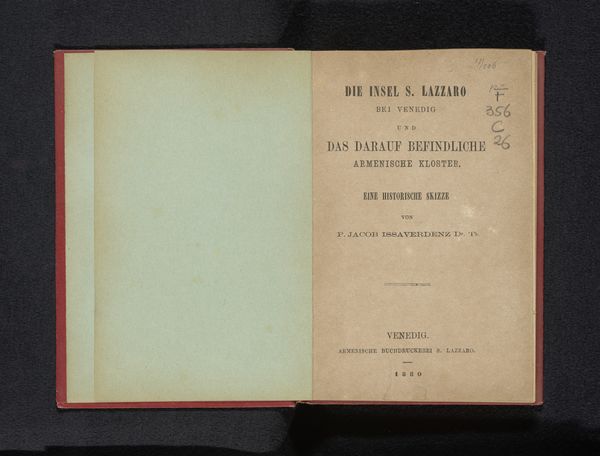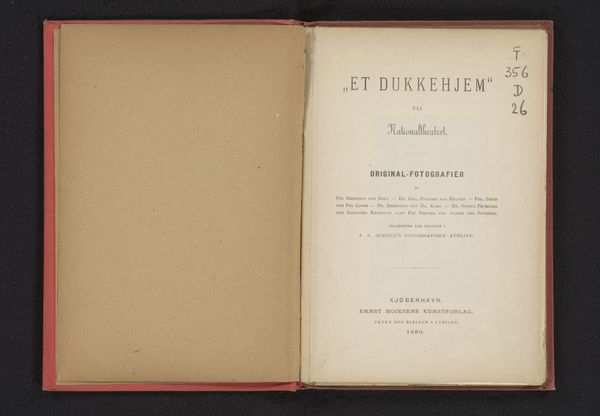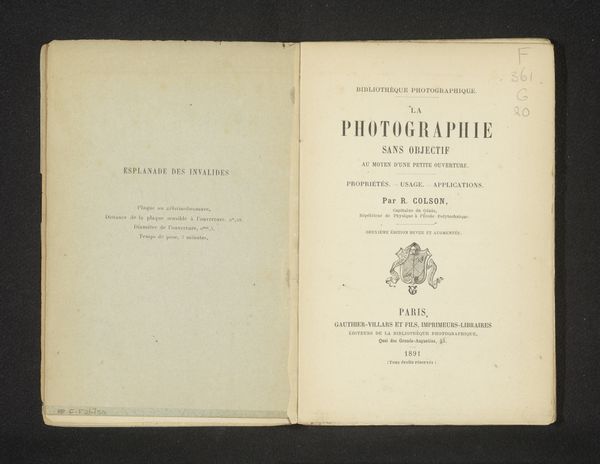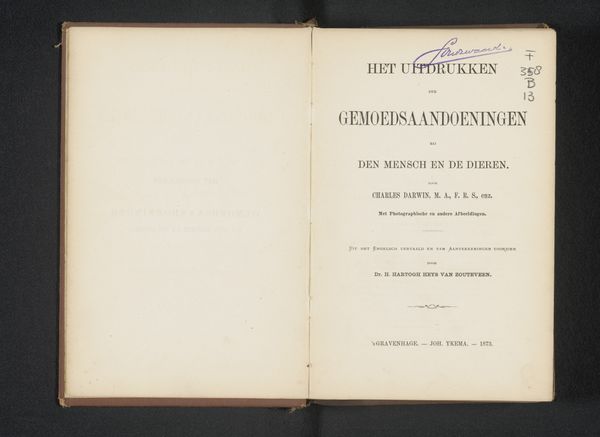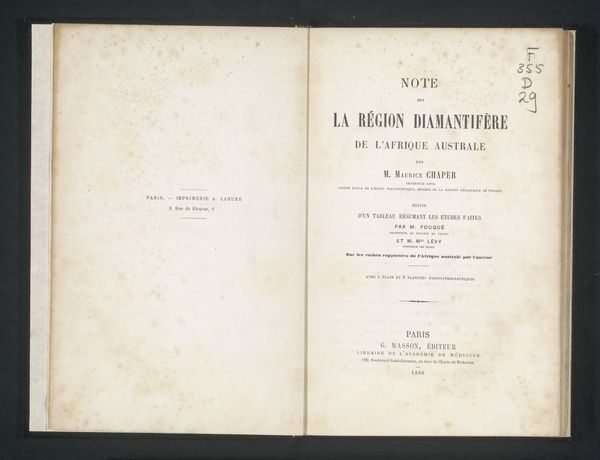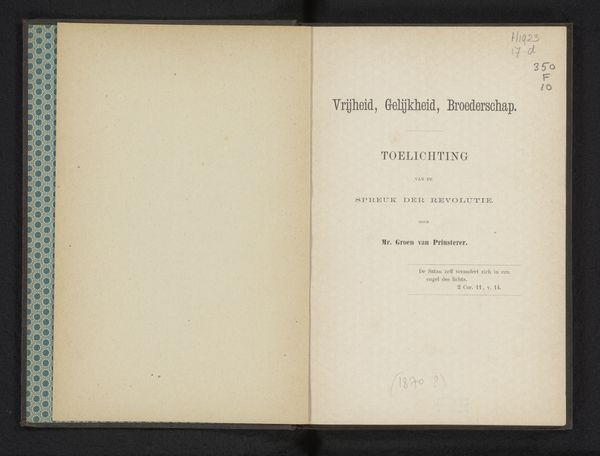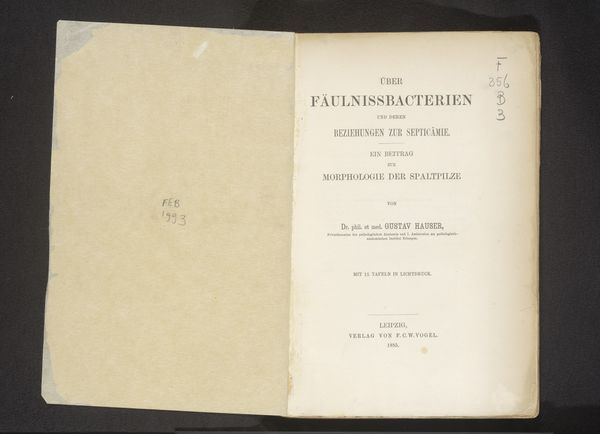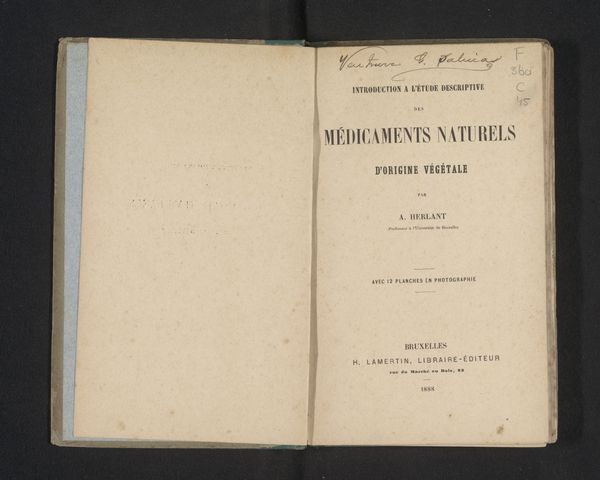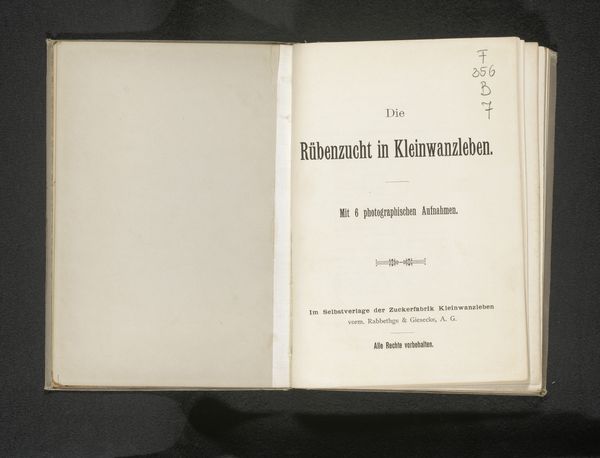
Het Vier-en-twintigste verslag van de Zuid-Afrikaansche Bijbelvereeniging 1851
0:00
0:00
print, paper, typography
# print
#
paper
#
typography
#
modernism
Dimensions: height 20.8 cm, width 13.6 cm
Copyright: Rijks Museum: Open Domain
Editor: This is the cover of "Het Vier-en-twintigste verslag van de Zuid-Afrikaansche Bijbelvereeniging", from 1851, by van de Sandt de Villiers & Co. It appears to be a printed document on paper. I'm struck by the simple, almost utilitarian typography. What stands out to you? Curator: Well, given that it’s a printed report from a Bible society, my eye goes straight to the labor involved. Consider the paper: How was it sourced and processed in 1851 South Africa? What was the working environment like for the typesetters at van de Sandt de Villiers & Co? Were they local artisans, or part of a colonial workforce? Editor: That's a perspective I hadn’t considered. I was so focused on the design itself. So, you’re thinking about the whole system of production behind this seemingly simple object? Curator: Exactly. And the distribution! Who was this report meant to reach, and how did they access it? It represents not just religious ideology but a network of material exchange and social relations, impacting the use of paper for this association's religious and social agenda in the mid-19th century. The choice of typography, the very act of printing, conveys power and legitimacy. Don’t you find that interesting? Editor: Absolutely. It shifts the focus from just the message to the means of its delivery. Did the printer's social standing at the time reflect in any other commissioned works, for example? Curator: Precisely! Considering the broader context challenges the art historical focus on aesthetic value, turning our attention to the real work that constitutes both its creation and reception. Editor: So, beyond its religious function, it’s also a document of a specific moment in South African industrial and social history, embodied in its materiality? Curator: Yes. Thinking about art, or even printed matter, this way can reveal hidden aspects of power and labor. Editor: That really changes how I see something like this. I’ll definitely look closer at the materials and production processes in future works I study.
Comments
No comments
Be the first to comment and join the conversation on the ultimate creative platform.
